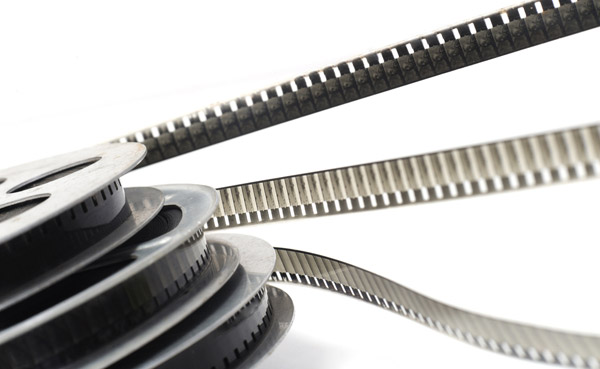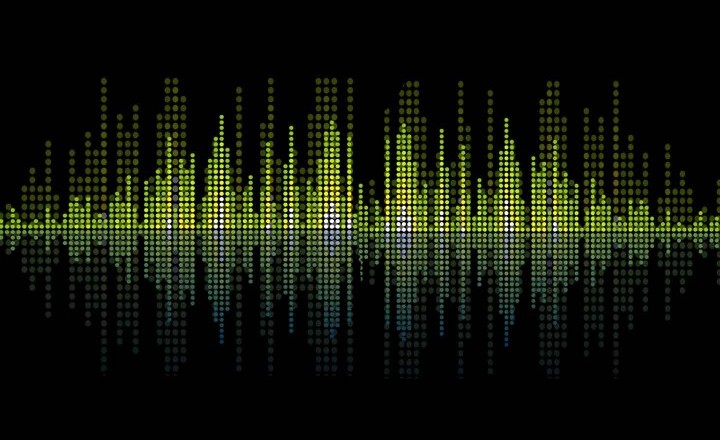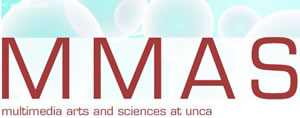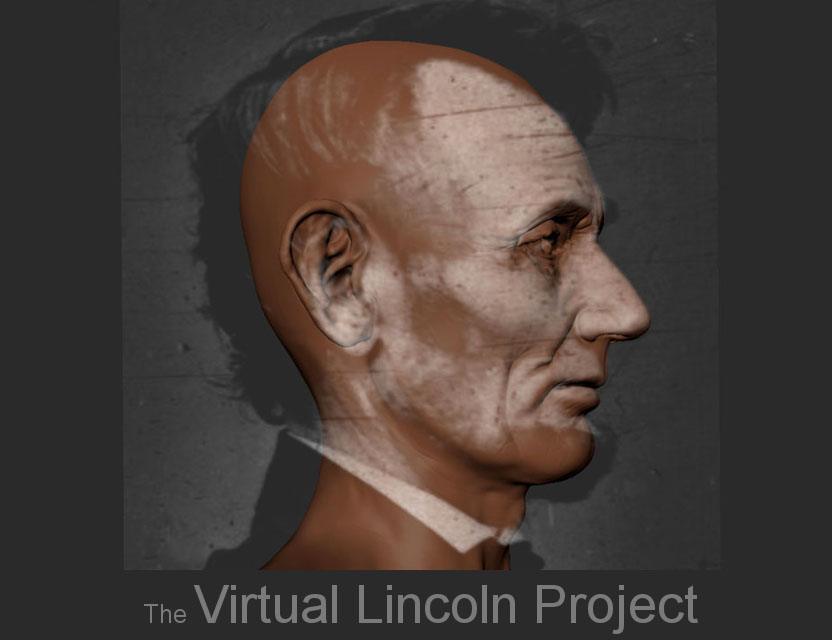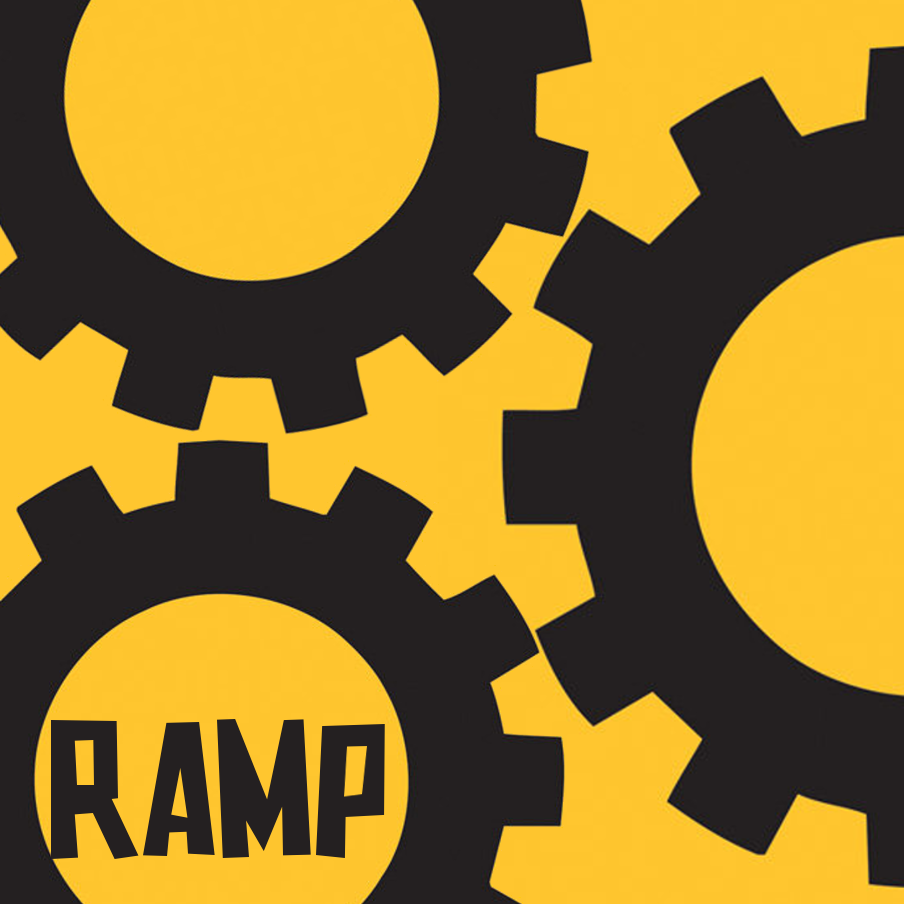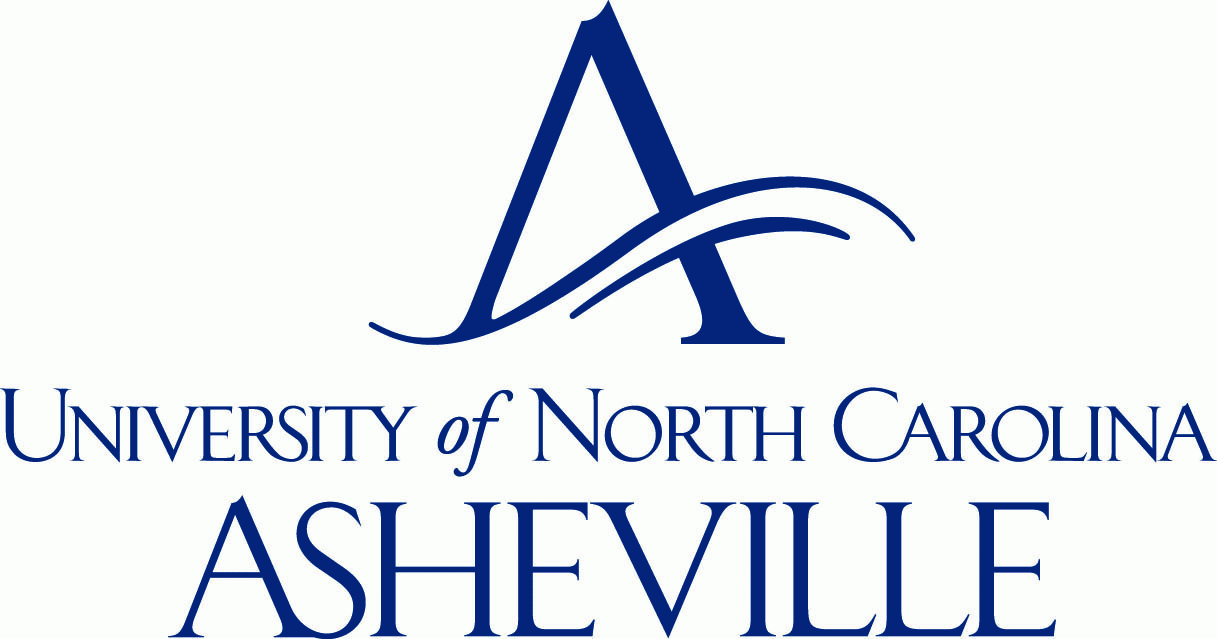Interactive Tutorials
Experimentation Multimedia Installation Generative Art Sound Design
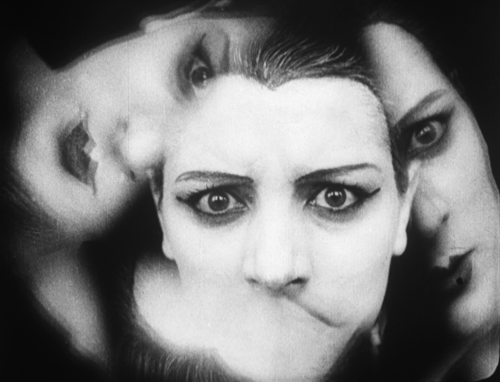
Experimental Media
The esoteric nature of experimental media can definitely be an aquired taste, and it may be difficult to wrap your head around at first. If you've never made an abstract project before, a good way to come up with an idea that is interesting but not Eraserhead-level of bonkers is to focus on either a method or a concept, and then find a way to present that in a way that is atypical. Cameraless techniques or editing using traditional multimedia are recommended approaches.
A lot of people who normally wouldn't try making an abstract video discover it can be surprisingly relaxing to just play around and not think about conveying a message. Other people find the lack of a purpose quite frustrating. The final product doesn't have to be completely lacking narrative or meaning, but it should be expressive and preferrably represent use of a medium or style that isn't your normal approach.
No Film School: Experimental Filmmaking for Dummies (Part 1): Why You Should Be Making Experimental Films
Taste of Cinema: Experimental Short Films You Can Watch Online

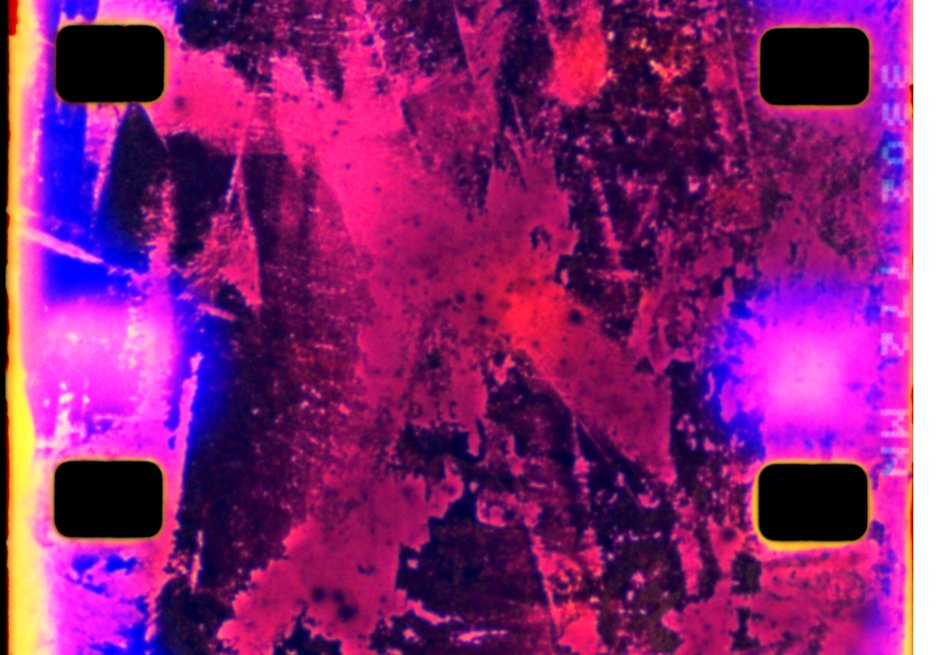
Cameraless Filmmaking Techniques
Cameraless or drawn-on-animation effects are artistic effects created without direct filming with a camera. Rotoscoping, stop-motion, scratch film, light sensitive emulsions, paint on glass, and digital image manipulation are some methods used to create unusual effects.
AWN: Interview with scratch film artist Steven Woloshen
Things Merging and Falling Apart by Tatiana Gulenkina
BBC: Using Cyanotype Paper
Digicult: Celluloid Cameraless Film
Wired: Ross Sonnenberg

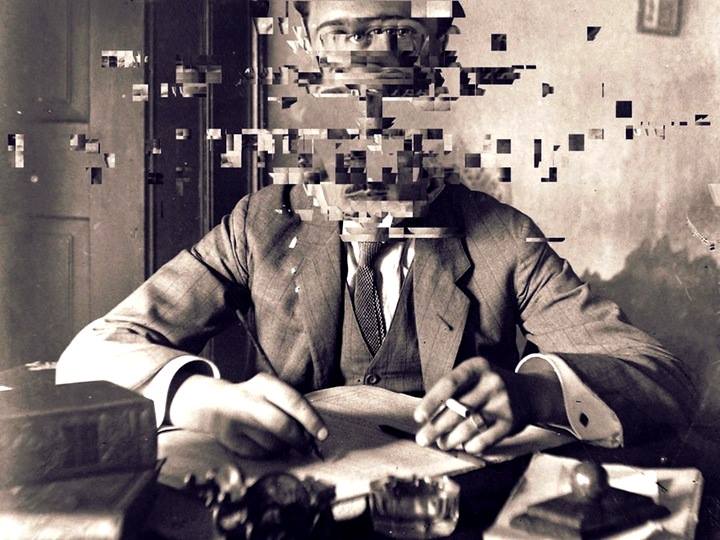
Lost Fragments by David Szauder https://pixelnoizz.wordpress.com/
Glitch ArtGlitches are created by digital data degradation, which can be accidental or artificially induced. Glitch artists have limited control over the outcome of how corrupting a file will affect an image, video, or audio clip, so creating glitches that are intentional involves a lot of trial by error and hoping for happy accidents.
There are actually many different techniques to achieving specific effects. The most basic method is to open up an image in a text editor like Notepad and delete sections of code. Databending involves opening files in programs that are incompatible, such as opening an image in an audio editing program, which will corrupt the file data. Datamoshing is another technique involving compressing two videos together.
PBS OffBook: The Art of Glitch
Know Your Meme: Datamoshing
Phillip Stearns: Database of glitch artists and resources
Ignant: David Szauder’s Failed Memory Series
Critique Collective: Tutorial on Databending and Glitch Art

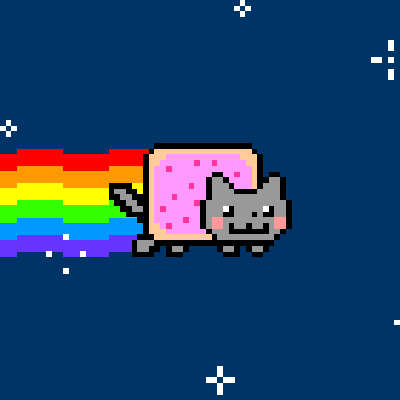
GIFs
The Graphics Interchange Format is an image format used to create short online video or animation loops. According to Steve Wilhite, the lead engineer on the CompuSite team that created the Gif format, the original pronunciation was actually jif. GIFs were never anticipated to become as popular as they did, but since anyone with basic software tools can create GIFs with ease, it seems fair to say the GIF has become a lasting part of pop culture.
GIFs can sometimes take a while to load online, so it is important to make sure the GIF doesn't last more than a few seconds. The size should be reduced to take up less memory.
Andrew Smith: How to Make an Animated GIF in Photoshop
Loading page gif by Joshua Schaeffer
Know Your Meme: GIF
Know Your Meme: History of Pop Tart Cat

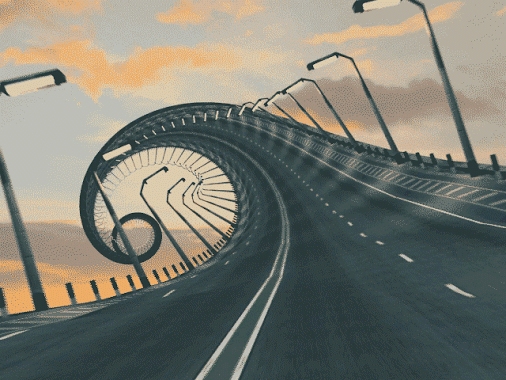
Loops
A loop is a repeating cycle of an audio clip or a video/animation segment. Loops can last a few cycles or continue an infinite number of times. The main distinguishing difference between a loop and a regular gif is that loops are slightly more complicated and attempt to create seamless transitions where they should not be possible. To do this usually requires some visual trickery such as perspective or having the loop seam be hidden by exiting the frame. Having another object cross through the frame is another editing technique. The beginning and end must also match exactly so there will not be any playback jumps.
Fractals and zooms are popular optical illusions that use perpective and scale to create a sense that more depth exists than is actually present. Morph animation is another technique that can be used to create mesmerizing loops.
Cyriak - Cycles
Röyksopp - Eple
Gifwave: Infinite Highway
The Next Web: The beauty and brilliance of 3 amazing kinds of GIFs
The Machine Starts: "The Wheel of the Devil": On Vine, gifs and the power of the loop
reddit: I heard you like perfect loop gifs
The White Stripes - Seven Nation Army

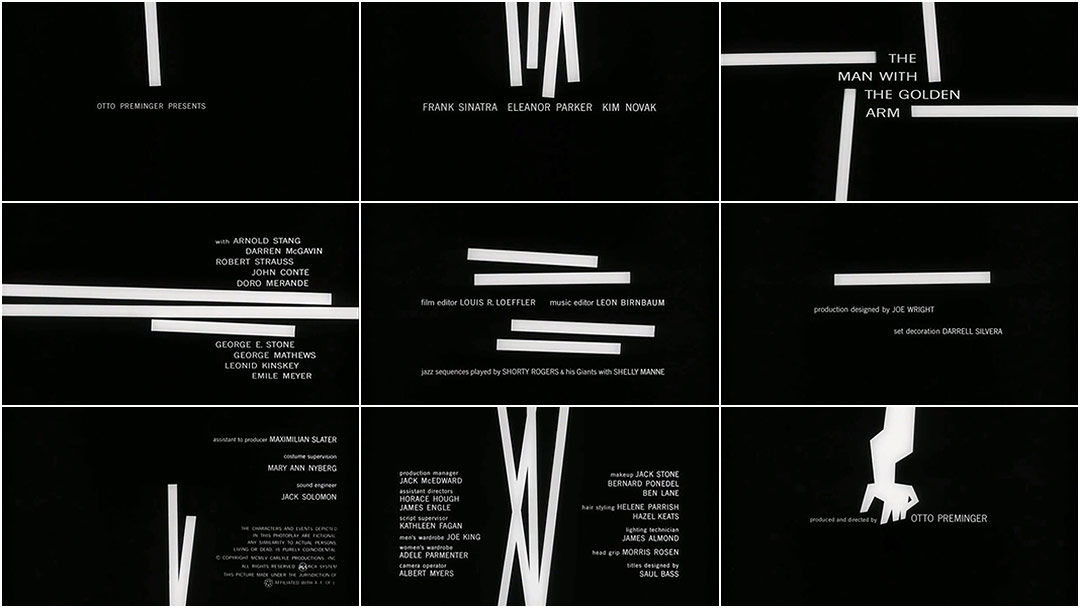
Motion Graphics
Motion Graphics are commonly used in title/credits sequences, logos, and advertisements. Even though most motion graphics animations are relatively short, they require extensive storyboarding and framing to block out the composition
Kaprion Vision: What is Motion Design?
TheVFXbro: Basic Typography & Motion Graphics
ThinkDesign: The Lost Art of the Film Title
Creative Bloq: 19 amazing movie title sequences
Gnarls Barkley - Crazy

Animation by Christopher Oakley, in the style of Keith Haring
Music VideosMusic videos became hugely popular after MTV started airing live choreographed performances on television. Creative visuals accompanying a song could help a song reach the top of the music charts. YouTube is now the main platform for viral videos. Many careers of unknown artists have been launched through quirky music videos, and pop stars constantly vie for media attention with increasingly bizarre and over the top performances.
A music video director typically starts by listening to the song several times, as well as other albums to get a feel for the mood and style of the band. After consulting with the band members about an idea, the director will then need to either assemble a production crew or start filming solo. Music videos have been created using just about every medium imaginable, so the possibilities really are endless. However, abstract videos generally tend to be preferred over literal interpretations of song lyrics.
There have been some complaints from insiders in the business that music video directors struggle to make a profit from all their work. Most small bands are completely broke, and apparently Record Label companies treat directors about as well as they treat musicians. They will often only pay barely enough to cover the minimal production costs, which doesn't leave significant profit for the director. Unless you get a celebrity sponsor or are an established director everybody wants directing their videos, most music video directors do the job to add something cool to their resume and because it offers a lot of creative freedom. The majority of these directors actually work full time in other trades like film or commercial advertising.
ECG PROD: Why Music Videos Don't Cost $500.00
VICE: Are Music Video Directors Being Fairly Compensated?

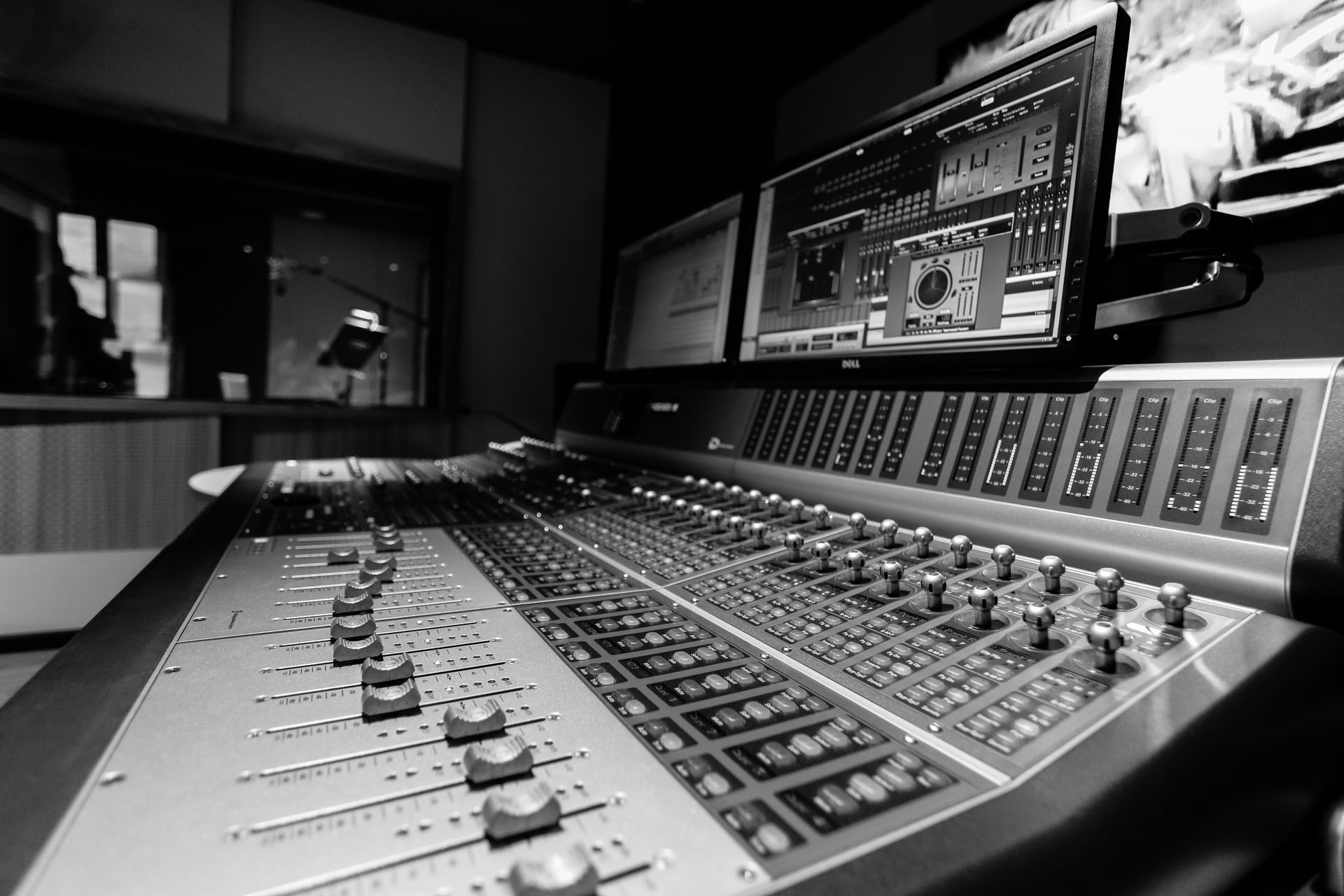
Sound Design
Sound design is very similar to Foley design, with a few notable exceptions. Foleys are recreated specifically for sound effects in film, animation, or video games. They use post editing, but mostly record everything on set and keep the digital alteration of sounds to a minimum. Sound design primarily focuses on digital synthesis of sound effects to produce new sound combinations. Sound design can use audio clips taken from online or original recordings that are mixed together to create abstract soundscapes or scores.
Looping machines (aka. Analog Loop Station/Synth Module), synthesizers, and soundboards are common tools used by performance art sound designers.
Explain That Stuff: Synthesizers
Reggie Watts-I Just Want To
Atlas by Battles
Crimewave by Crystal Castles

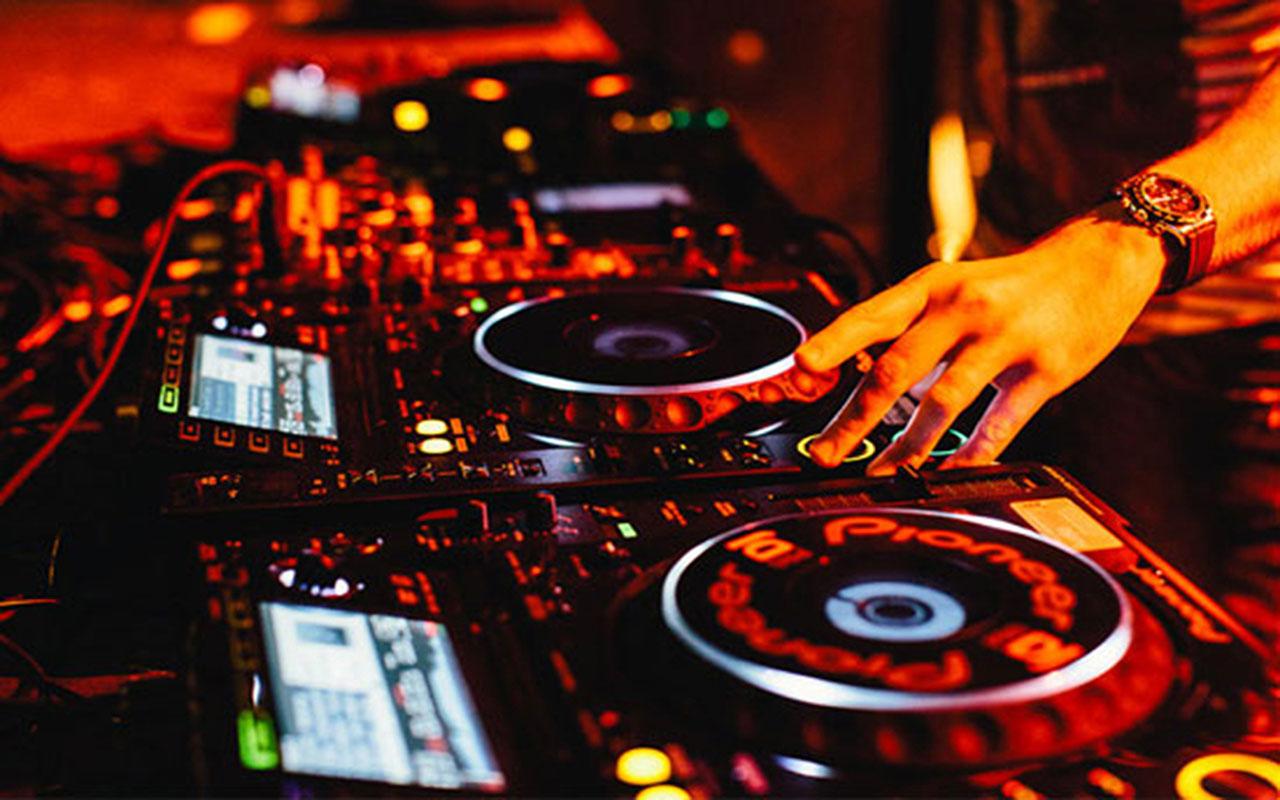
Remixing
Remixing takes clips from music or pop culture and recombines or modifies the pieces using digital software. The artistry is in creating something new from existing material. It is similar to creating a collage, except sounds video snippets are used instead of magazine cutouts. Remixing can use any form of media, and is commonly used in parody works. Remixing can be controversial due to the vague definition of when remixing crosses into violating intellectual property and copyright law.
Alice Remix by POGO
Why is the Rum Gone Remix by Andrew Van Vlear
They're Taking The Hobbits to Isengard Remix by Erwin Beekveld
ClintBeastwood: Are You Ready? - Steam Summer Sale 2016

Generative Art
Programming can be used to produce interactive fractals and generated art. Some algorithms involve more complex math than others, which can be a little daunting for non-programmers. The best way to create interesting generative art is by developing the concept before worrying about the coding limitations.
The Creator's Project: Minha Yang
PBS Offbook: The Art of Creative Coding

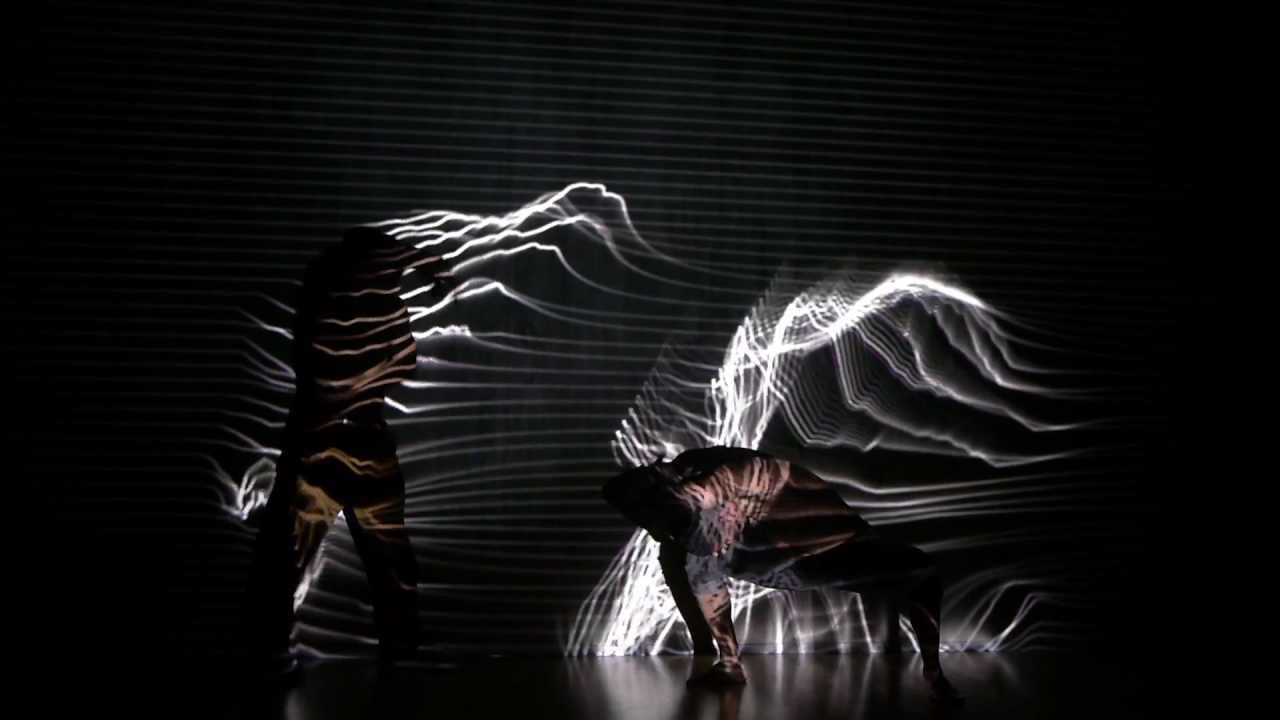
Waltz Binaire https://vimeo.com/130200072
Performance ArtShadowpuppetry, digital interactive projections, beat poetry, and choreographed dance are common types of performance art. Unlike most forms of digital media, performances tend to be enacted in real time. Practice rehearsals are usually necessary.
ENRA: Primitive

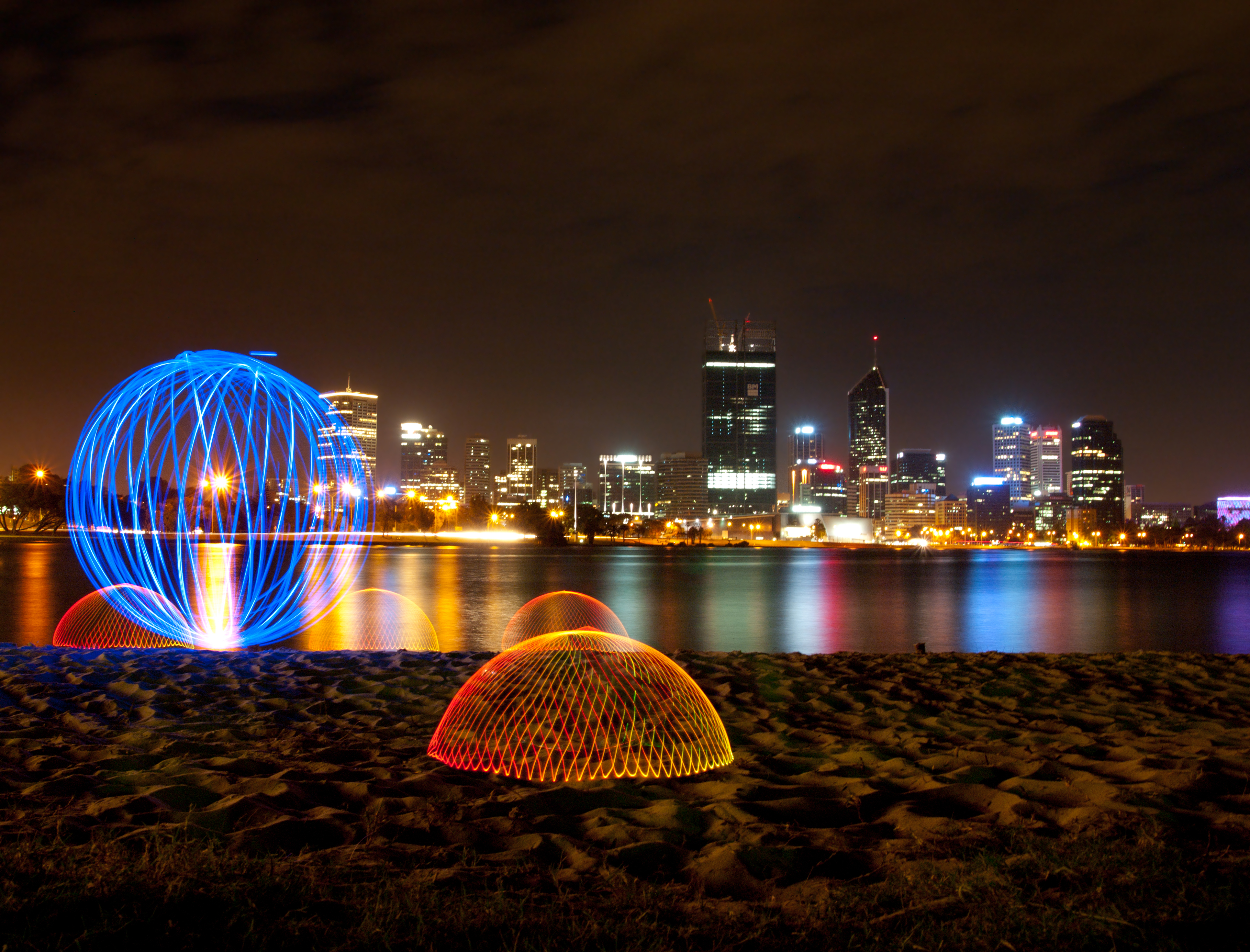
Light Painting
Light painting is created by moving a light source while the camera is set on long exposure. Any bright light source can be used.
DIY Photography: Everything You Wanted to Know About Light Painting

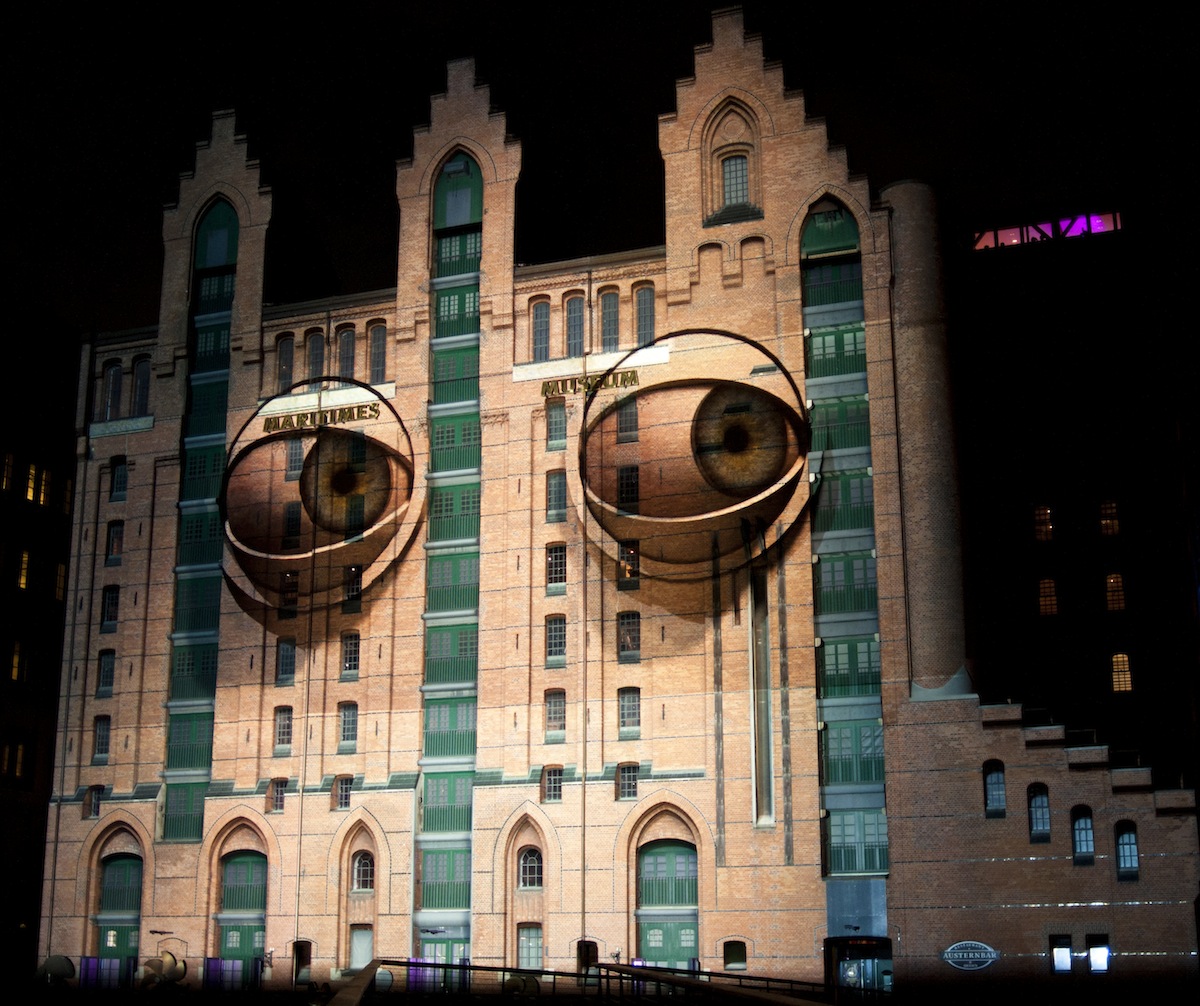
Maritimes Museum Hamburg Projection by Intel, Markos Aristides Kern, and DJ Boris Dlugosch https://vimeo.com/43464071
Projection MappingProjection mapping takes the contours of architecture into consideration when projecting a multimedia show. Many digital artists collaborate to bring these public installations to life. Creating a public work on this scale usually takes a lot of planning, a sponsor, and permission from public officials. They are generally tested using 3D software, since the first time the entire show is seen full size will be on the opening night. 3D effects can sometimes be achieved by setting up multiple projectors to project at different angles, creating trippy illusions. These may have to be viewed from certain angles for the effect to work properly
CreativeBloq: Projection Mapping
3D Projection Mapping Lumiere festival in Lyon. Made by 1024 Architecture
Phantogram - Fall In Love
AWN: Shogyo Mujo by Christine Powers, SIGGRAPH 2015

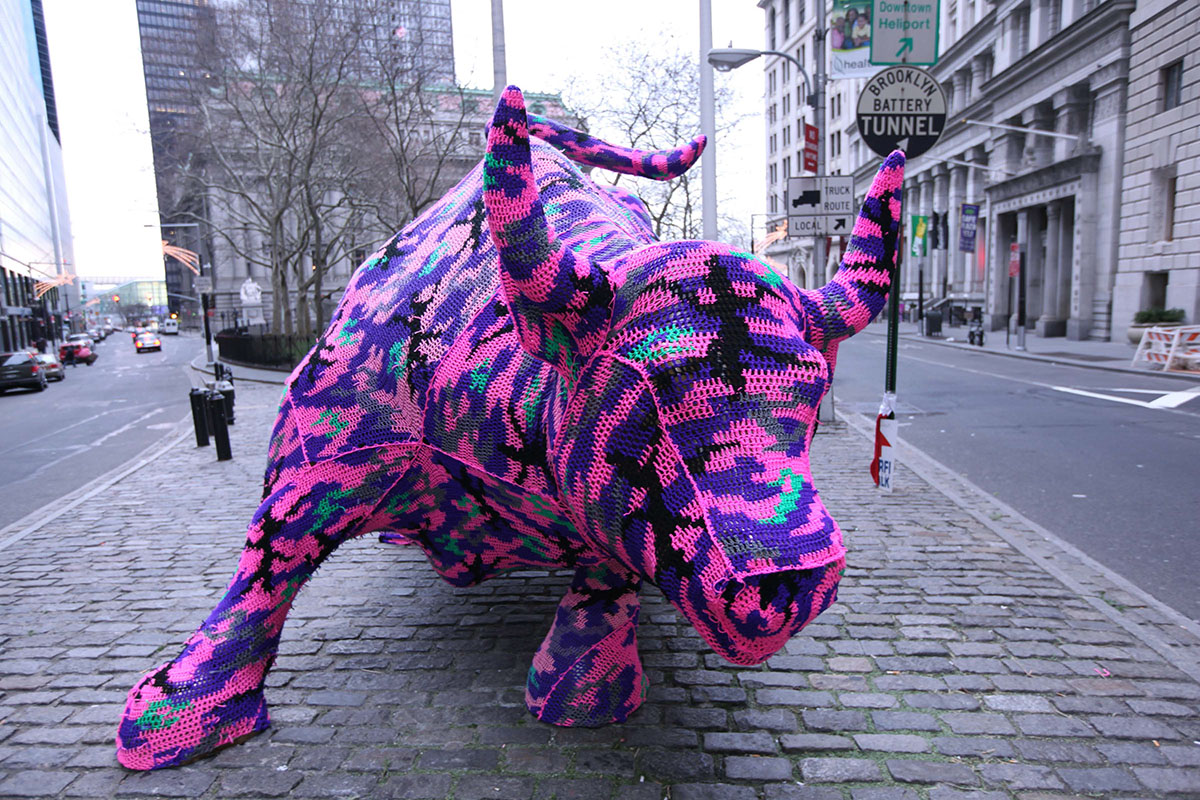
Agata Oleksiak http://oleknyc.com/
Art BombingA form of guerilla art that involves anonymously leaving unusual art installations for people to find. It's basically a benevolent form of trolling. Examples include leaving giant snowballs in the sidewalks, crocheting or costuming statues, and leaving funny signs, pamphlets, or posters in public areas.
Unlike graffiti, these installations are usually non-destructive to public property. They are generally large and put in places where people will see them, but some artists like to make tiny sculptures hidden in alleys that only a few people will ever notice. Yarnbombing is one of the most popular form of art bombing. Since these installations are public, the artist takes a risk that the installations will be removed, defaced, or stolen. Many art bombers choose to offer their installations as free for people to take if they choose. The appeal in art bombing is bringing something fun and unexpected to the mundane daily lives of people

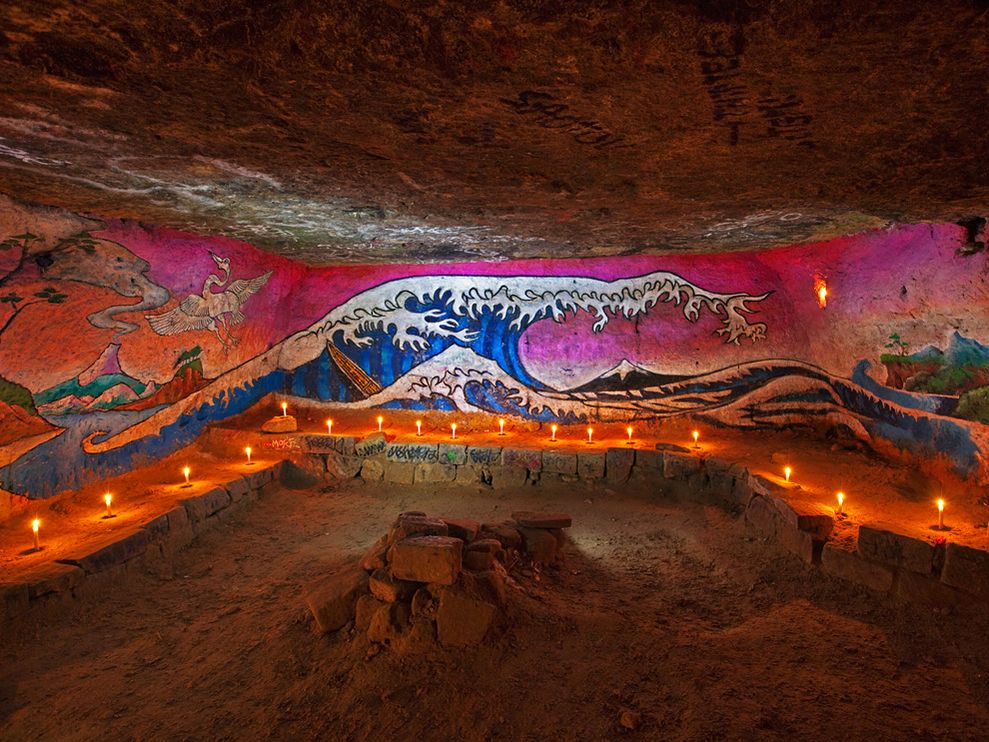
Photo by Stephen Alvarez
Urban ExplorationThis form of tagging documents that a person has reached an area that is off limits. It is generally considered illegal due to the dangerous conditions of some of these areas. Example sites include the tops of skyscrapers, sewers, derelict buildings in the city or countryside, caves, and monuments. Taking selfies is a common documention method.
The exploration aspect is usually considered equally important to the artwork. Elaborate murals left in hard to reach abandoned places can take hundreds of hours to create and usually require multiple visits bringing in supplies. The people who are intrepid enough to explore and encounter these hidden treasures for themselves are rewarded with a once in a lifetime discovery that few will ever experience
Bored Panda: Photos of Abandoned Places
Scribol: The Underground Graffiti Art of Paris’ Catacombs

.jpg)
The Crevasse by Edgar Müller http://www.metanamorph.com/index.php?lang=DE
Optical IllusionsOptical illusions are intended to cause a discrepancy between what the eye sees and what the brain perceives to be fact. The French term trompe l'oeil means "fool the eye." Many optical illusions rely on forced perspective, where the illusion only works from a certain angle or distance. Mathematical formulas, color contrast, and physics can also be used to create intricate geometric designs and visual puzzles.
CollegeHumor: 13 Optical Illusion GIFs That Will F**k With Your Brain
Buzzfeed: Optical Illusion GIFs
Rebloggy: 3D GIF art


Gamification
Geocaching is basically treasure hunting with a GPS. People will leave small rewards like keychains or action figures hidden in an area accessible to the public that other players can find by tracking down the coordinates or following clues. Whoever finds the prize is expected to leave another prize in its place for someone else to find. Mobile apps and smartphones have made geocaching and other forms of gamification more viable to the general public.
Geocaching.com

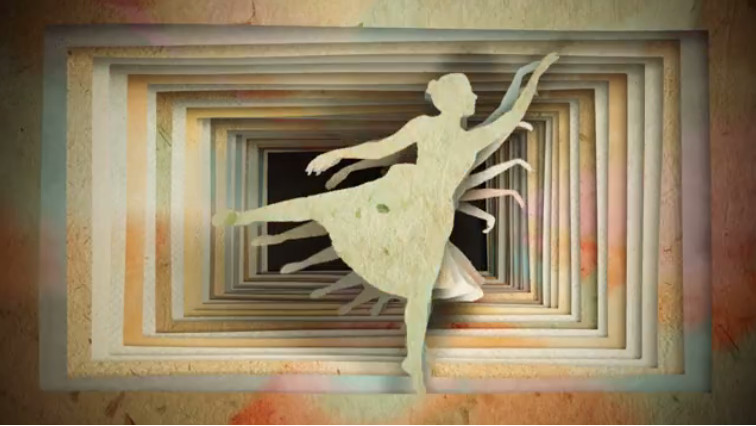
The Me Bird by Gabriel Kempers and Maria Ilka Azêdo https://vimeo.com/60763684
Stop-MotionStop-Motion is known for being a very painstaking and detail-oriented craft. Any medium can be used for stop-motion, including live action footage. Most people who have not experimented with stop-motion animation before struggle with getting the frame rate to match the proper timing, which may result in choppy movement. Getting fluid movement requires 12-24 frames per second, a knowledge of animation timing, and some practice.
Time can be saved by shooting 12 frames per second and doubling them for a total of 24 fps, but the rules of timing will still need to apply. The more frames you have, the slower the action will appear when played in real time. In general, it is better to have more frames than not enough, because slow footage can easily be sped up and adjusted in post-production, but there isn't any way to extend the length of an insufficient number of frames without causing flicker.
Off Book | PBS Digital Studios: Frame By Frame: The Art of Stop Motion
The Creators Project: Rone- Gravity

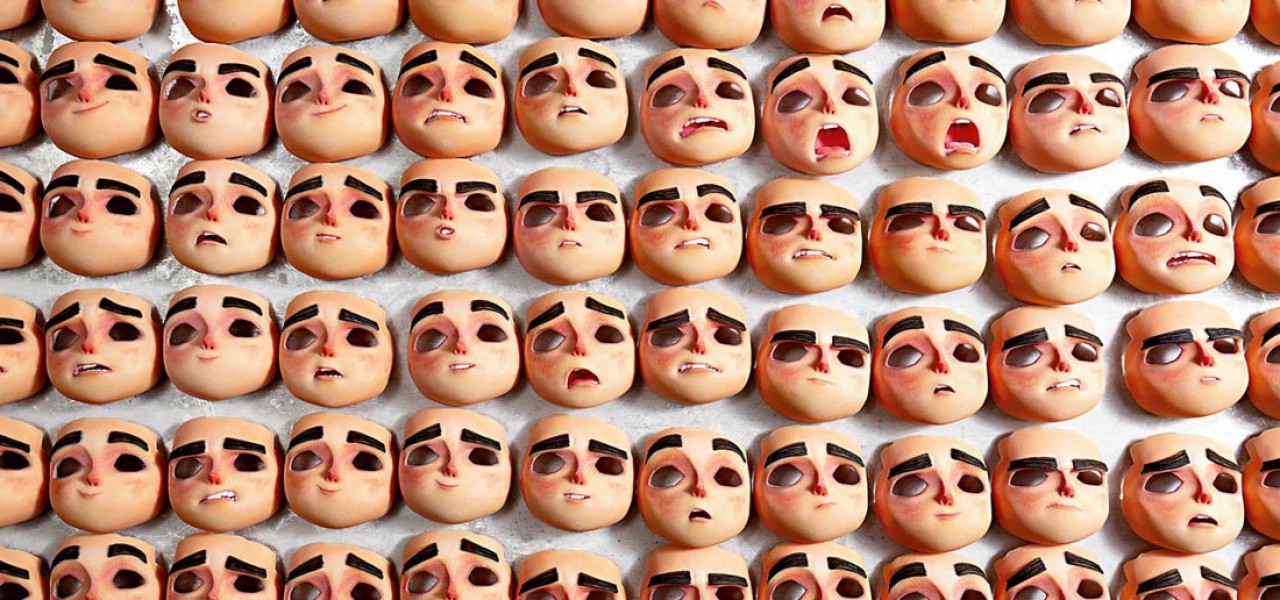
Replacement Stop-Motion
Feature-length stop-motion filmmaking has gotten a lot more complex over the years, requiring entire crews to construct intricate sets and puppets. 3D color printing has revolutionized this field, leading to a new modern form of replacement animation.
On Animation: LAIKA’s Rapid Prototyping Department
Academy Originals/Credited As: Head of Puppetry Georgina Hayns

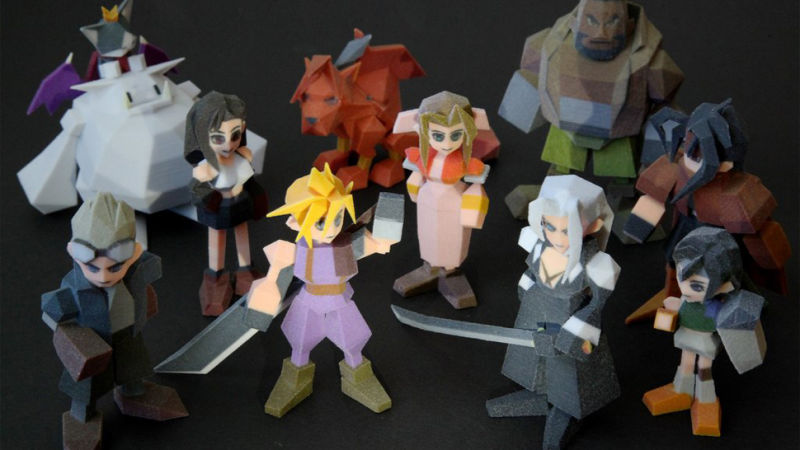
Joaquin Baldwin
3D Printing3D printing has actually been around a lot longer than people think, but it was confined to industrial manufacturing. Now, 3D printing is commercially viable for 3D artists. High quality 3D printers can print not only in plastic and resin but also sandstone. Certain types of metal can also be cast from a printed form using the lost wax method.
Shapeways: 3D Printing & the Culture of Creativity

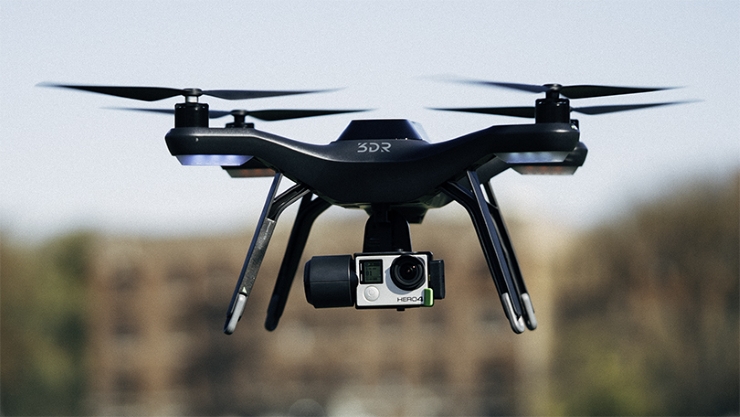
Robotics
Robots and machines have had a profound impact on human society. Every day people interact with technology and the byproducts of machines. As the understanding of programming and materials sciences advances, commercially viable robots or A.I. could someday replace the smart phone as the human assistant. Whatever the future holds, robotics will pose plenty of new challenges and unlock interesting questions.
CGP Grey: Humans Need Not Apply
Boston Dynamics: Sand Flea Jumping Robot
Boston Dynamics: WildCat
Boston Dynamics: Atlas, The Next Generation
Planet Dolan: 15 Most Advanced Robots Ever Invented

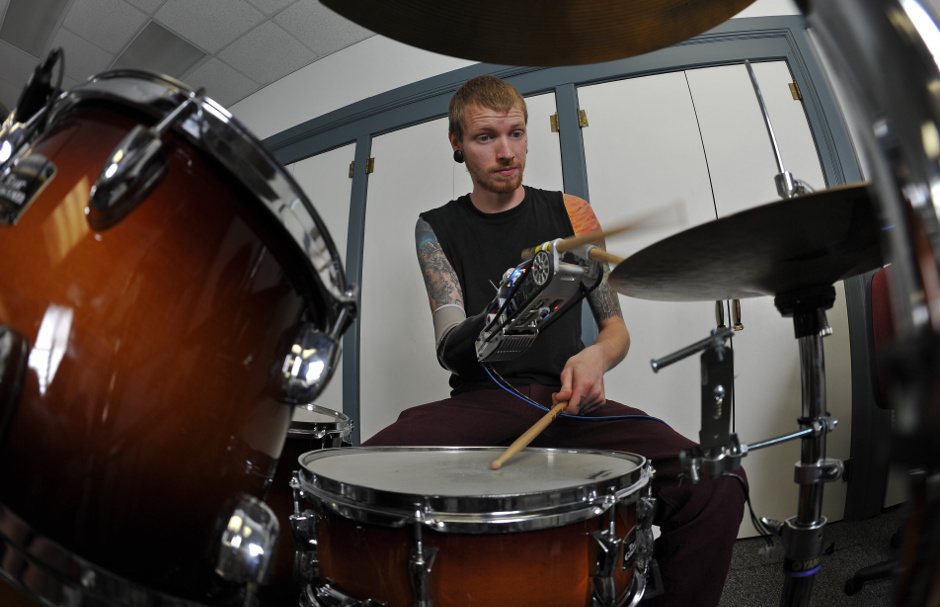
Technology Crossovers
Applications for new media are virtually endless as art combines with science.
Autodesk CTO Jeff Kowalski
Creating Graffiti With Lasers And Pixels
The Creators Project: Leaders Of The 3D Printing Revolution
Cool 3D Printed Creations
Make It Wearable | Episode 4: Becoming Superhuman

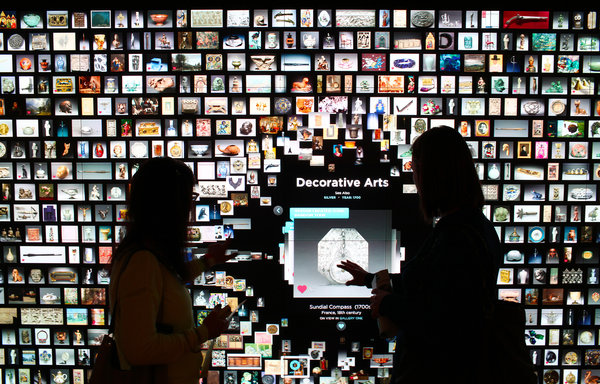
Digital Galleries
Today's art museums are struggling to attract visitors, not because of a declining interest in art, but rather the ease with which people can view art online. Many museums are investing in smart technology in an effort to draw visitors back into the physical gallery space. These technologies allow museum vistors to interact with art in an entirely different way from traditional observation and contemplation.
Museums have also adapted to new forms of modern digital art that sometimes require a different viewing experience than a painting on a wall. Audio elements and polysensory installations that integrate the spectator's movements as part of the exhibition.
TED Talks: Amit Sood: Every piece of art you've ever wanted to see - up close and searchable
John Maeda, introduction for the discontinued Adobe Museum of Digital Media
Digital Trends: Cleveland Museum of Art's interactive Gallery One
Met Museum: Heilbrunn Timeline of Art History
Nerdwriter: Are Video Games Art
Are Video Games Art? Museum of Modern Art adds 14 video games to its collection


Paolo Čerić
Advanced Tutorials- Hopefully Coming SoonInteractive
Digital Installation Art
Interactive Education
Vines
User Experience
3D Imagery
Holographics

